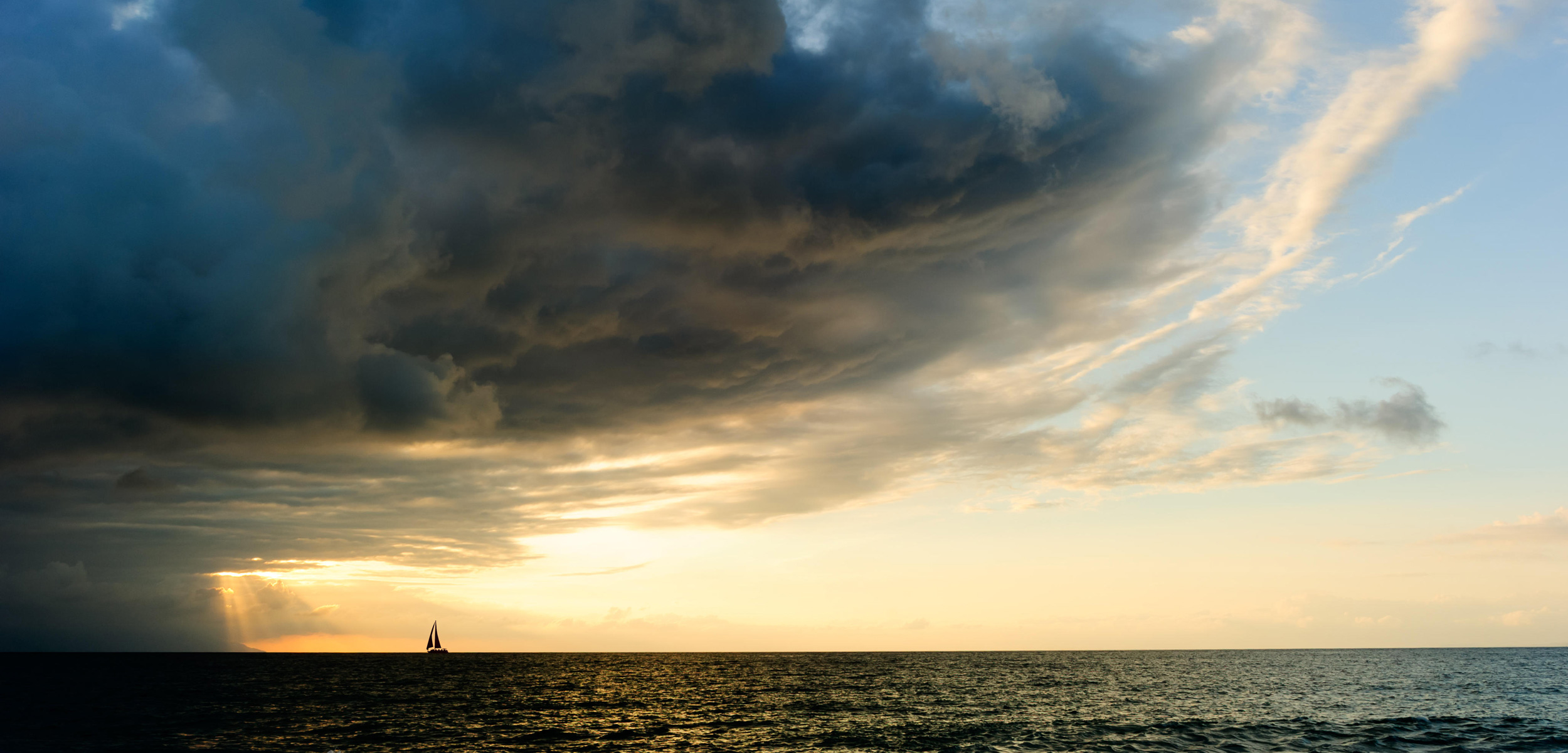An Antidote for Environmental Despair
When it comes to conservation, hope is much more useful than gloom.
Article body copy
As the environmental problems facing our world compound, despair may feel like a rational response. In her new book, Hope Matters: Why Changing the Way We Think Is Critical to Solving the Environmental Crisis, environmental scholar Elin Kelsey makes an evidence-based argument for choosing hope over despair. Kelsey holds up examples of how ecosystems—including along our coasts and in our ocean—have managed to rebound from damage when given the chance, illustrating nature’s impressive resilience. By sharing these case studies, Kelsey offers reasons to reject apathy and to mobilize. Only if we believe there’s an opportunity to make a real positive impact will we find the motivation to fight for the protection and restoration of ecosystems we depend on. In this condensed excerpt, Kelsey shares a few hope-filled success stories specific to coastal ecosystems.
We are living amid a planetary crisis. “I am hopeless,” a student in an environmental study graduate program recently told me. “I’ve seen the science. I am hopeless because the state of the planet is hopeless.”
It’s not surprising she feels so depressingly fatalistic. In his speech at the start of a two-week international conference in Madrid, Spain, in December 2019, UN Secretary-General Antonio Guterres said, “The point of no return is no longer over the horizon. It is in sight and hurtling toward us.”
And this student isn’t alone in her feelings. I often give public talks and no matter where I am in the world, I begin by inviting people to share how they are feeling about the environment with the person sitting beside them, and then, if they are willing, to call out some of the words that capture these feelings. I have done this hundreds of times, and every time, the answers shock me. When I look out at these audiences, I see bright, healthy, relaxed-looking people who have somehow found the time to come to a public lecture. Yet their answers convey an unnerving level of grief and despair: “Scared,” “Hopeless,” “Depressed,” “Numb,” “Apathetic,” “Overwhelmed,” “Guilty,” “Paralyzed,” “Helpless,” “Angry,” call out the voices. Whether the room is filled with adults, university students, or kids as young as grade three, whenever I ask, the words remain the same.
Not long ago, I found an almost identical collection of words. It’s a list published in a research journal by Johana Kotišová. The words describe the emotions that crisis reporters feel when they are covering horrific events such as the Haitian earthquake, the Brussels or Paris attacks, the war in Ukraine, the war in Liberia, refugee camps, 9/11, famines in central African countries, or the aftermath of the Greek debt crisis.
The same words. What I am saying is that ordinary kids and adults regularly describe their everyday feelings about the environment using the same words that journalists use to describe what it feels like to report on the worst imaginable crises.
The environmental crisis is also a crisis of hope.
I believe the way to spread hope is to collectively challenge the tired narrative of environmental doom and gloom that reproduces a hopeless status quo, and replace it with an evidence-based argument that improves our capacity to engage with the real and overwhelming issues we face.
Because we have the impression that the planet is doomed, we often do not register the growing array of scientific studies demonstrating the resilience of other species. For instance, climate-driven disturbances are affecting the world’s coastal marine ecosystems more frequently and with greater intensity. This is a global problem that demands urgent action. Yet, as detailed in a 2017 paper in BioScience, there are also instances where marine ecosystems show remarkable resilience to acute climatic events. In a region in Western Australia, for instance, up to 90 percent of live coral was lost when ocean water temperatures rose, causing the corals to jettison the algae (zooxanthellae) living in their tissues—what scientists call coral bleaching. Yet in some sections of the reef surface, 44 percent of the corals recovered within 12 years. Similarly, kelp forests hammered by three years of intense El Niño water-temperature increases recovered within five years. By studying these “bright spots,” situations where ecosystems persist even in the face of major climatic impacts, we can learn what management strategies help to buffer destructive forces and nurture resilience.
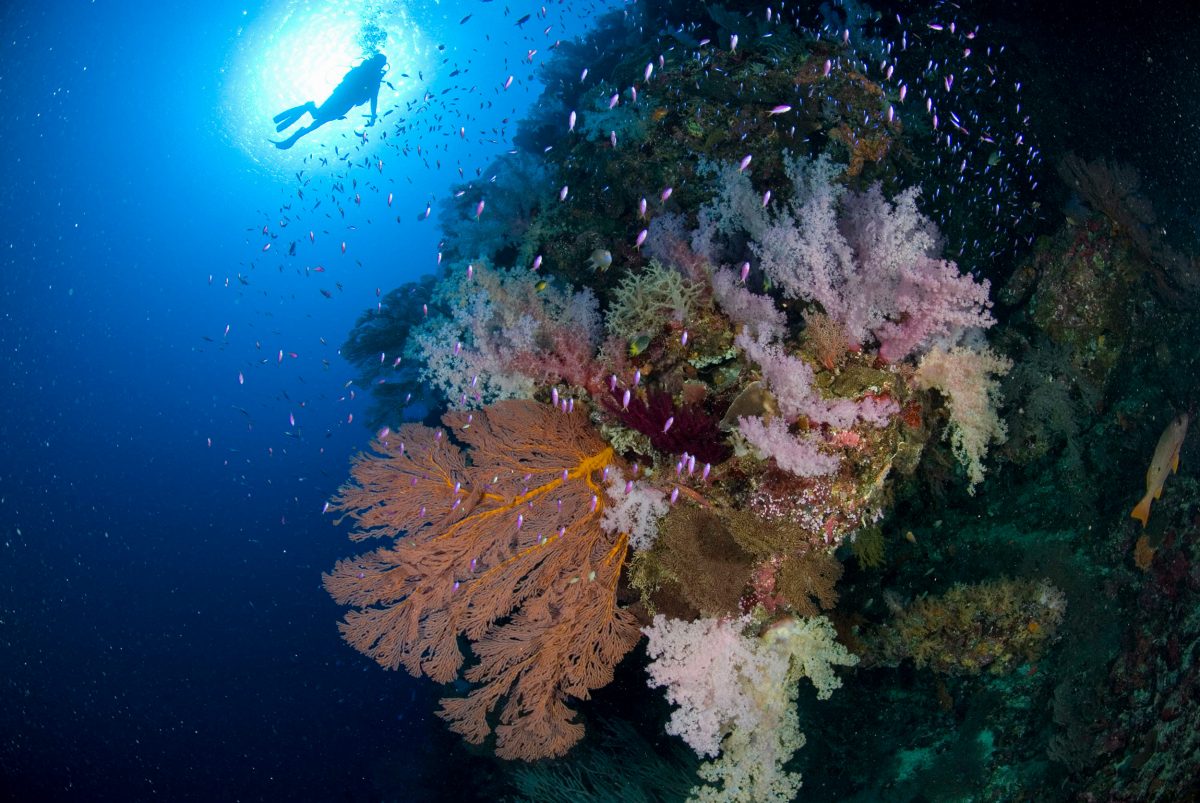
Twelve years after a bleaching event, some sections of reef in Western Australia had managed to partially recover. Photo by Jurgen Freund/Minden Pictures
Natural climate solutions occur when we conserve and restore ecosystems—and improve land management. It’s thrilling to see how quickly life returns when given the opportunity. In the largest dam-removal project in the history of the United States, the Elwha River now runs freely from a snowfield in the mountains of Washington’s Olympic National Park to the Pacific Ocean. Salmon started to return to their natal waters upstream almost immediately after the dams were removed in 2014. Reservoir beds that looked like moonscapes now host vibrant young forests and wetlands where elk graze. The return of beavers to the Elwha watershed is a boon for salmon. Beavers drag branches, making shallow water channels where juvenile salmon can safely travel, and beaver dams create slower water habitats where the insects that salmon feed upon thrive.
One of the world’s most famous rivers, the Thames in London, England, was declared biologically dead in 1957. Today it is home to 125 species of fish, and more than 3,000 harbor and gray seals, along with harbor porpoises and sometimes dolphins and whales. The Thames is now said to be the cleanest river in the world that flows through a major city. This remarkable comeback owes much to environmental protections and regulations that have reduced the flow of pesticides and fertilizers into the river, as well as to happenstance. Pollution from toxic metals has dropped since 2000, in part due to the fact that as people switched to digital photography, silver—a common pollutant associated with film cameras—diminished.
Stories change. Restoration is possible. Our attitudes change, too, even toward species we most fear. Twenty years ago, when I first moved to Monterey, California, a sighting of a great white shark in Monterey Bay made the news. But over two decades, something remarkable has been happening. Monterey Bay is undergoing an astonishing recovery, and as that beautiful ecosystem grows healthier, top predators, like white sharks, are returning.
Monterey is the place John Steinbeck wrote about in Cannery Row: a fish-canning town that all but disappeared when the sardines were fished out. The water was so polluted, people called it an “industrial hell hole.” The sea otters and whales, once plentiful, had been hunted to near extinction. It was an environmental catastrophe.
Today it’s a world-class center of ocean conservation. Fifty marine research institutes and organizations, including the Monterey Bay Aquarium and Stanford University’s Hopkins Marine Station, cluster around the Monterey Bay National Marine Sanctuary. It’s the ideal place to demonstrate how new policies and those put in place decades back combine to create very significant impacts. Monterey Bay is healthier than it has been in the past 200 years. Sea otters have returned. Humpback whales are becoming year-round residents. Wildlife watching is so reliably great, the BBC chose to base Big Blue Live, the very first television series showing wildlife events happening in real time, in Monterey Bay.
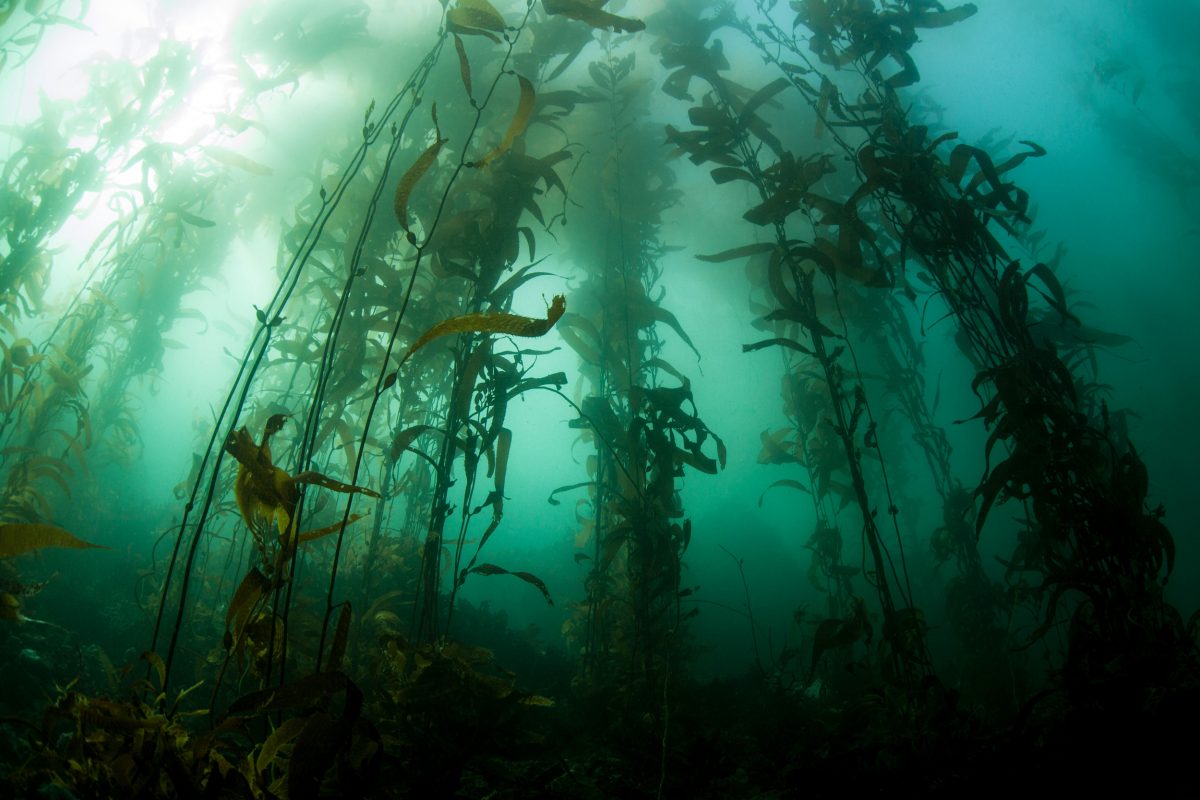
The coastal ecosystem off Monterey, California, was once heavily polluted, but now hosts abundant marine life, including kelp, which provides habitat for many fish and invertebrates. Photo by Ethan Daniels/Alamy Stock Photo
Not surprisingly, the number of people surfing, boogie boarding, stand-up paddleboarding, diving, kayaking, and swimming in those same waters is also on the rise.
So, what do you think happens when more white sharks and more people use the same waters? More shark attacks, right?
Wrong. The likelihood of being bitten by a white shark dropped 91 percent between 1959 and 2013 despite the tripling of California’s coastal population, which now exceeds 21 million people.
Thanks to the US Marine Mammal Protection Act, which came into law in 1972, there are more northern elephant seals, more harbor seals, more California sea lions—more animals that white sharks prefer to eat.
The recovery of many marine mammals has been dramatic in general. Take elephant seals: in the 1800s they were hunted to near extinction for their blubber, which was used for lamp oil. The total population in the entire North Pacific Ocean had dwindled to less than 40 individuals by the end of the 19th century. Sixty years ago, there were none in the Año Nuevo State Park Natural Preserve, off the coast of Santa Cruz, California, where white sharks now feast on them. If you visit Año Nuevo in January, when migration is in full swing, you’ll find more than 3,500 elephant seals congregated at just this one park. The northern elephant seal population in the North Pacific Ocean is now estimated to be 170,000 individuals.
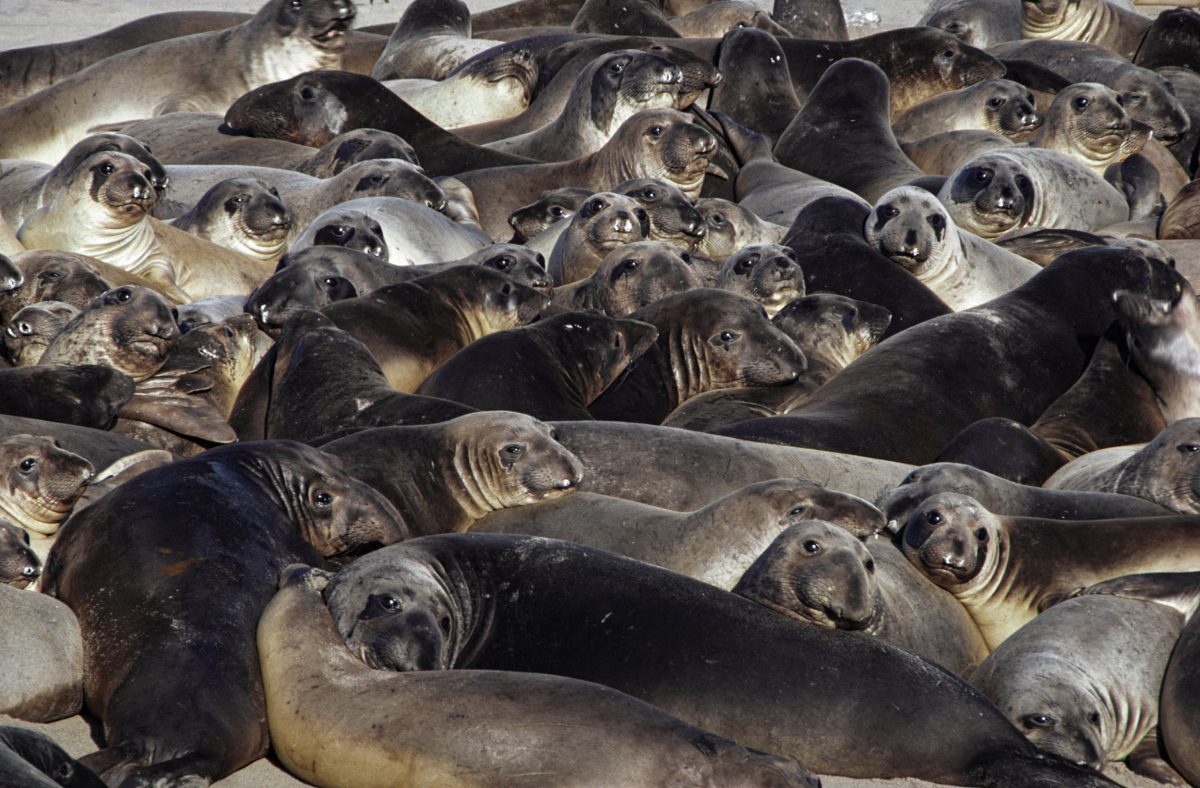
In recent decades, elephant seals have returned to California’s Año Nuevo State Park Natural Preserve in inspiring numbers. Photo by Mint Images Limited/Alamy Stock Photo
If we don’t look to see if stories have changed, we miss huge things, like the impressive recovery of the California blue whale population—which is back to being almost the size it was before commercial whaling began.
This is fantastic news for Monterey Bay and the other marine areas these whales frequent. It’s fantastic news for all of us. People used to think that if the great whales returned, then all the fish would get eaten. It isn’t true. Whales, it turns out, actually create the conditions that help fish to thrive. Whales often feed at great depths, and when they return to the surface to breathe, they churn up the water column, spreading plankton and nutrients. They may migrate long distances to mate, bringing nutrients with them to far latitudes where the water has fewer nutrients. Whales also produce vast amounts of poop, rich in iron and nitrogen, which effectively fertilizes microscopic phytoplankton, upon which tiny marine animals feed. Fish, in turn, feed on these small creatures as well as the phytoplankton. More whales means more fish.
And that’s not all. In 2019, researchers declared large baleen whales to be the “carbon capture titans of the animal world.” A single large baleen whale absorbs an average of 30 tonnes of CO2 throughout its lifetime. Part of their carbon capture capacity is due to that phytoplankton I just mentioned. Whales increase phytoplankton productivity, and phytoplankton plays an enormous role in atmospheric conditions. Phytoplankton produces two-thirds of the planet’s oxygen. It captures 40 percent of all CO2 produced. According to researchers, the ocean’s phytoplankton captures as much CO2 as 1.7 trillion* trees. That’s four Amazon rainforests’ worth.
If you like economic arguments, here’s a beauty. If you add up the contribution a single whale makes to carbon capture, the fishing industry, and the whale-watching economy, a single whale is worth US $2-million. That makes the global population of whales worth more than $1-trillion.
This is a hopeful equation, because the number of whales on Earth is increasing. A staggering 2.9 million whales died due to commercial whaling between 1900 and 1999. Remarkably, some populations of gray and humpback whales have almost returned to their pre-hunting numbers. Fin whales have been upgraded from endangered to vulnerable, thanks to conservation efforts. Though many populations of sei whales and blue whales remain endangered, their numbers are on the rise, too. Today scientists estimate that 1.3 million whales live on Earth. It’s thrilling to chart the rise in that number across the years. It’s believed four to five million whales once lived on Earth. If they were to return to those numbers, whales could capture 1.5 billion tonnes of CO2 annually while continuing to improve the health of the oceans and fisheries.
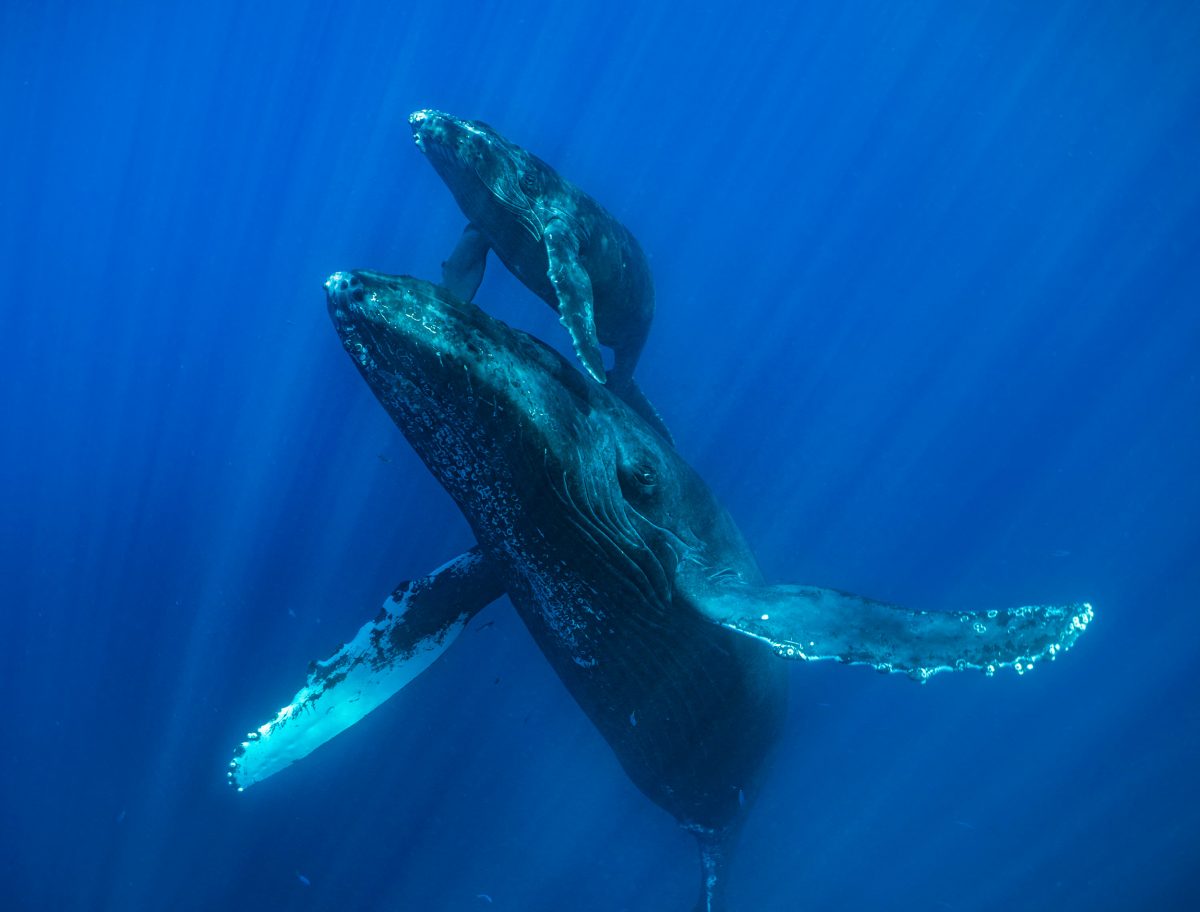
The cessation of commercial whaling in North America gave humpbacks and other whales a chance to recover. Photo by Ralph Pace/Minden Pictures
I also look to the rise of marine protected areas as a source of hope. In 2000, only 0.7 percent of the world’s oceans were designated as a marine protected area (MPA). Nearly a decade later, in 2008, the Global Ocean Legacy Project hired me to write the scientific brief to try to convince then-president George Bush of the United States to establish the world’s largest marine protected area in the Marianas Trench, which is within US territorial waters. Thanks to all kinds of good work by lots of people, the project succeeded. The Marianas Trench Marine National Monument was formally designated on January 6, 2009.
It is no longer the world’s largest MPA. It’s not even close. In just 10 years, it has been surpassed over and over and over again by the establishment of new, bigger, ecosystem-scaled areas of protected ocean. In an inspiring example of international cooperation, 24 countries and the European Union created the world’s largest marine sanctuary in Antarctica’s Ross Sea in 2016. It covers an area of ocean larger than the entire country of Mexico. As of 2020, it is the biggest protected area on the planet.
The establishment of MPAs is just one step in a long process of truly protecting the oceans. As the writer Brian Payton wisely points out, protection of wildlife and wilderness is not an achievement but an ongoing, intergenerational project. As new threats arise and old problems persist, protected areas demand constant vigilance. Still, designating nearly eight percent of the ocean is cause for celebration. That’s more than a tenfold increase, much of it within just the past few years. It’s a hopeful reminder of how quickly change can happen.
More exciting still, marine protected areas with the highest levels of protection are reversing degradation and rebuilding the resilience of ocean life. When we get out of the way, other species flourish. The biomass of fish in marine reserves is on average 670 percent greater than in adjacent unprotected areas, according to a 2017 meta-analysis. In some MPAs, scientists report that there are more fish, and bigger fish, in some cases within just three to five years of a reserve being protected. Marine protected areas also support more complex ecosystems that are more resilient to the effects of climate change than unprotected areas. And though they are intended to conserve wildlife within their boundaries, marine protected areas create a spillover effect, enhancing local fisheries and creating jobs through ecotourism.
When my student said, “I am hopeless because the state of the planet is hopeless,” she believed that to be true, and I felt sad for her suffering. But I also saw her statement as an example of just how taken for granted and powerful the mindset of doom and gloom is. She described both her hopelessness and the hopeless state of the planet as nonnegotiable fixed facts—as reality.
The vast scale, complexity, urgency, and destructive power of biodiversity loss, climate change, and countless other issues are real. Yet assuming a fatalistic perspective and positioning hopelessness as a foregone conclusion is not reality. It is a mindset, and it’s a widespread and debilitating one. It not only undermines positive change, it squashes the belief that anything good could possibly happen.
*This figure has been corrected from 1.7 million.

